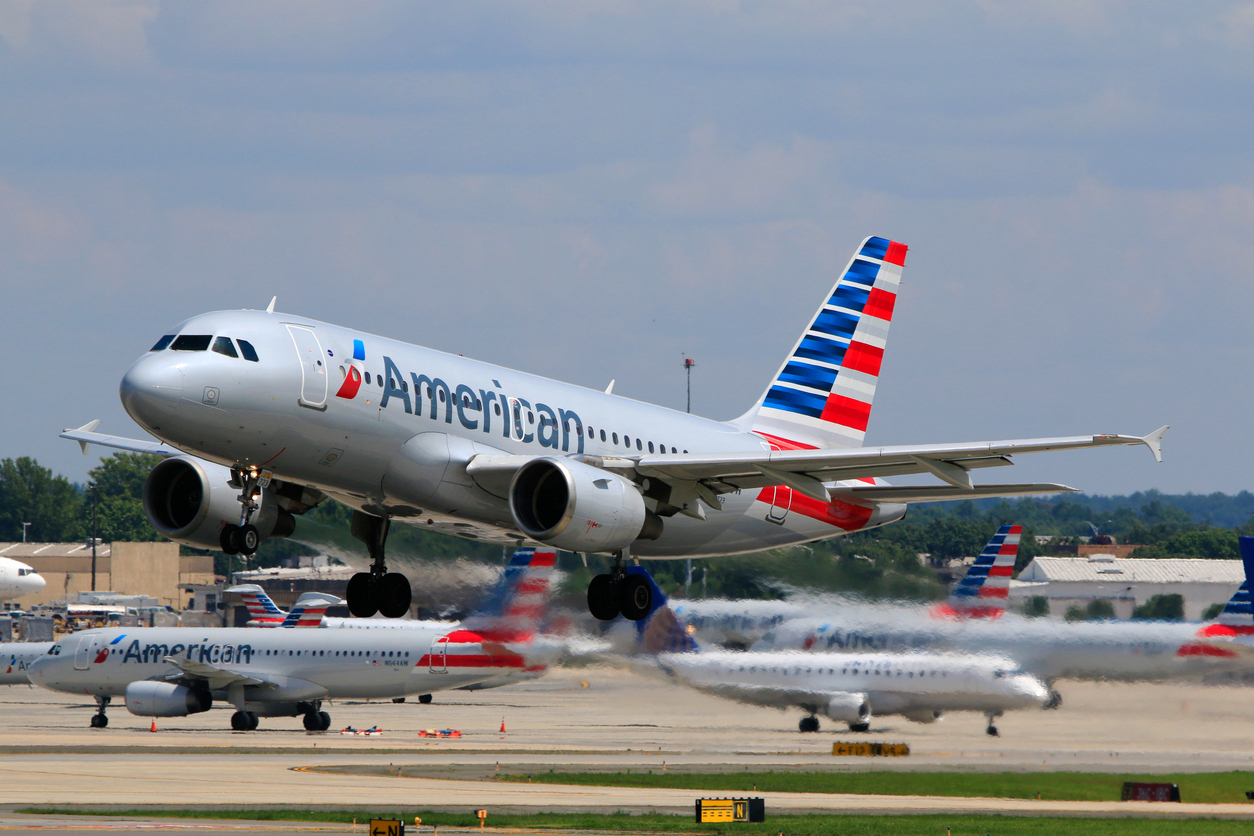How American Airlines’ AAdvantage Program Became a Lifeline for the Airline Industry
When American Airlines launched the AAdvantage program in 1981, it set a precedent as the world’s first frequent flyer program. Originally designed as a way to reward loyal customers, the program has transformed into a core revenue source that has played a critical role in the airline’s survival during economic downturns. Today, AAdvantage represents much more than miles and rewards—it’s a central component of American Airlines’ financial strategy, especially as the airline navigates a challenging industry landscape.
The Evolution of AAdvantage: From Loyalty Perk to Business Pillar
AAdvantage was created with a straightforward goal: reward frequent travelers with miles that could be redeemed for flights. However, the program has since evolved into a multi-faceted business model that extends far beyond rewarding flyers. Today, members earn miles not just from flights, but through a vast network of partners including hotels, rental car companies, retailers, and co-branded credit card purchases. This diversification has allowed AAdvantage to become a significant revenue stream and one of American Airlines’ most valuable assets.
The turning point in the program’s evolution came when American Airlines realized that AAdvantage miles could be sold to credit card companies and other partners. Banks like Citibank and Barclays, for instance, purchase AAdvantage miles in bulk to offer as rewards to their cardholders, providing the airline with steady revenue streams independent of ticket sales. This strategy has allowed American Airlines to generate income from partnerships and consumer spending outside of the airline industry, securing its financial footing even when travel demand declines.
Financial Stability Through AAdvantage
AAdvantage has proven to be a cornerstone of financial stability for American Airlines, particularly during periods of economic hardship. In the third quarter of 2024, American Airlines reported record revenues of $13.6 billion, a success largely attributed to the strength of AAdvantage. By the end of the quarter, the airline held $11.8 billion in available liquidity, a testament to the program’s crucial role in supporting the airline’s financial health. Read more in American Airlines’ quarterly report.
During the pandemic, when the airline industry faced an unprecedented crisis with plummeting passenger numbers, AAdvantage served as a financial lifeline. The airline used the loyalty program’s projected future revenue as collateral for a $10 billion loan, helping American Airlines avoid bankruptcy and remain operational. This move underscored the program’s value not only as a customer loyalty tool but as a strategic asset capable of securing American Airlines' financial resilience.
Related: Rory McIlroy Pushes Back on Ryder Cup Payment: “None of Us Need $400K”
The program’s success has had a ripple effect, making American Airlines a valuable partner for banks and credit card companies. Selling miles to these institutions has become a lucrative business model, providing consistent revenue that bolsters the airline’s finances and buffers it from economic fluctuations that impact ticket sales.
Partnerships and Customer Engagement
The AAdvantage program’s profitability is largely driven by its extensive network of partnerships, particularly with major financial institutions like Citibank and Barclays. By selling miles to these partners, American Airlines generates billions in revenue as banks offer AAdvantage miles to their customers through co-branded credit cards. These partnerships enable American Airlines to maintain steady income even during slow travel seasons, insulating it from the volatility of the airline industry.
Consumers benefit as well, with co-branded credit cards allowing them to earn AAdvantage miles on everyday purchases, such as groceries and dining. This structure creates a mutually beneficial relationship between American Airlines and its customers. For travelers, the program provides access to benefits like priority boarding, seat upgrades, and exclusive events, all of which enhance their experience and build loyalty to the airline.
AAdvantage also provides American Airlines with valuable data on customer behavior and preferences, which the airline uses to tailor promotions and improve the customer experience. By analyzing this data, American Airlines can better understand what matters most to its customers, from preferred destinations to spending patterns, and leverage this insight to maintain customer loyalty in an increasingly competitive market.
Challenges and Adaptations: The Future of AAdvantage
Despite its success, AAdvantage faces challenges in adapting to evolving market dynamics and regulatory scrutiny. As frequent flyer programs have grown into significant revenue sources for airlines, they have also drawn regulatory attention. In September 2024, the U.S. Department of Transportation launched an investigation into frequent flyer programs to ensure they are fair and transparent for consumers. This increased scrutiny could lead to policy changes that may impact the future operations of AAdvantage and other loyalty programs.
Additionally, consumer expectations around loyalty programs are shifting. While AAdvantage has traditionally rewarded travelers with flight-related perks, today’s consumers seek flexibility, transparency, and sustainable practices. Many travelers now expect more options for redeeming points, not only for flights but for hotels, dining, and even non-travel-related rewards. AAdvantage has responded by allowing members to redeem miles for various travel-related expenses and by incorporating eco-friendly initiatives, such as carbon offset options, into its rewards structure.
Related: December 6 Deadline Approaches for Californians to Claim Payment in $27.5M Thomson Reuters Settlement
As loyalty becomes increasingly digital and consumers become more discerning, AAdvantage continues to innovate. American Airlines has adapted the program to allow for personalized offers and promotions that reflect individual customer preferences. By continually enhancing the program, American Airlines positions AAdvantage as more than just a frequent flyer program; it is a dynamic platform for customer engagement and long-term loyalty.
AAdvantage as a Model for Modern Loyalty Programs
American Airlines’ AAdvantage program has evolved from a simple rewards initiative into a powerful asset that supports the airline’s financial stability and competitiveness. By leveraging strategic partnerships, expanding customer engagement, and adapting to regulatory and consumer changes, AAdvantage has become integral to American Airlines’ business model. Its ability to generate revenue independently of ticket sales and adapt to changing customer preferences illustrates how loyalty programs can drive value far beyond their original purpose.
In a rapidly shifting economic landscape, AAdvantage is likely to remain a crucial component of American Airlines’ success strategy, providing a buffer against industry volatility and reinforcing the airline’s financial resilience. As other airlines seek ways to remain financially stable and competitive, the evolution of AAdvantage offers a compelling blueprint for how loyalty programs can grow beyond perks and points into critical business assets.













